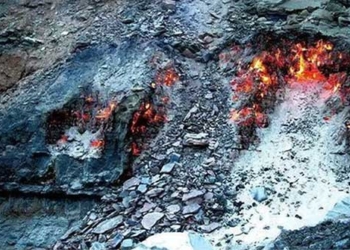Japan has achieved a significant milestone by successfully creating the fourth state of matter known as “plasma,” which is expected to generate a new generation of emission-free energy.
According to a reporter in Tokyo on October 24, Japan announced for the first time that it has successfully developed the “plasma” state – a technology anticipated to produce a new generation of emission-free energy.
Information from the National Institute for Quantum and Radiological Science and Technology (QST) indicates that this agency has successfully created the fourth state of matter called “plasma” at its research facility located in Ibaraki Prefecture, home to Japan’s largest science city, Tsukuba.

To create nuclear fusion, the temperature of the plasma must be raised to over 100 million degrees and atomic nuclei must collide with each other at speeds of 1,000 km/s. (Source: Shutterstock).
The device used by QST to create plasma is the JT-60SA, the largest nuclear fusion experimental device in the world, developed in collaboration between Japan and the European Union (EU) with a cost of approximately 65 billion yen (around 433 million USD).
Scientists at QST began comprehensive operations of the JT-60SA in May this year and succeeded in creating “plasma” at around 5:30 PM local time on October 23.
To achieve nuclear fusion, the plasma temperature must exceed 100 million degrees and atomic nuclei must collide with each other at speeds of 1,000 km/s.
According to QST, the temperature of the plasma currently generated is about 10 million degrees, and they will continue to improve the device to achieve the goal of sustaining “plasma” at 100 million degrees for 100 seconds within the next five years.
Nuclear fusion is the reaction that occurs in the core of the Sun. By creating this chain reaction, humanity can obtain a vast amount of energy, which is expected to be a new generation of energy that produces no carbon emissions or radioactive waste.
As countries like the United States, China, South Korea, and EU member states are advancing in the development of “plasma” and have begun to achieve certain results, Japanese scientists believe that the successful creation of “plasma” will not only help Japan “catch up” with other countries but also provide great encouragement for the research community in Japan to achieve positive results in the future.
In addition to QST’s experiments, Japan is currently participating in ITER – a large-scale international project involving Japan, the EU, and over 30 other developed countries, aiming to achieve the goal of producing thermonuclear electricity by 2050.





















































